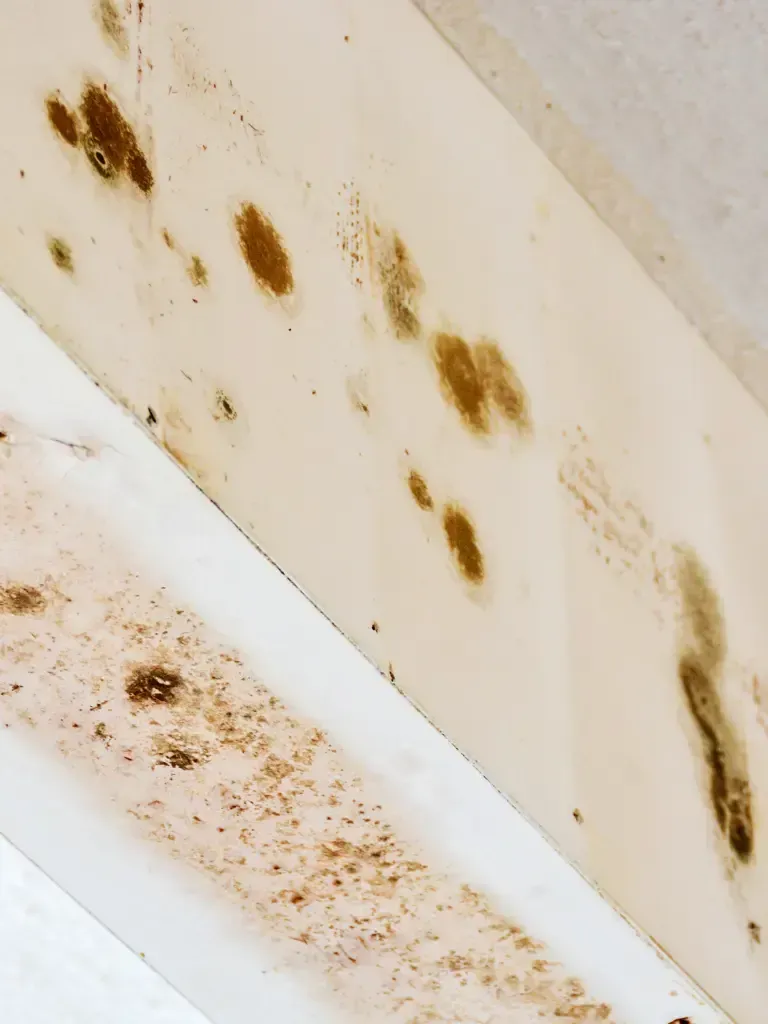What Moldy Materials Can Be Saved?

Mold grows on a wide range of different materials, but not all. Knowing which materials are susceptible to mold growth should help a person more easily identify and deal with issues. One of the common questions we hear when doing attic mold remediation is what materials can be saved and which need to be thrown away. Many of us use our attics as storage space, which can pose a problem when those items grow mold.
What Mold Covered Materials Can Be Saved?
· Wood Products - Wood can sometimes be cleaned and treated to remove mold, especially if the contamination is not too deep and the wood hasn't started to rot.
· Painted Surfaces - If mold is on the surface of painted walls or other surfaces, it might be possible to clean and repaint them, depending on the mold growth and damage to the underlying material.
· Certain Fabrics and Upholstery - Some fabrics and upholstered items can be cleaned and saved if the mold contamination is not severe and the items are properly treated and dried.
What Mold-Covered Materials Need to Be Thrown Away?
· Paper Products - These are porous and can absorb mold spores deeply, making it difficult to remove mold completely.
· Cardboard - Like paper, cardboard is porous and susceptible to deep mold penetration, making it hard to fully clean.
· Ceiling Tiles - These are often made of materials that absorb moisture easily and can be difficult to clean thoroughly once mold has grown.
· Insulation - Mold in insulation usually means the entire affected section needs to be removed and replaced, as cleaning is not typically feasible.
· Drywall - Mold can penetrate deep into drywall, making it necessary to cut out and dispose of affected areas.
· Carpet - Mold can get deep into the fibers and backing of carpet, and in most cases, it's best to remove and discard the contaminated carpet to ensure complete mold removal.
Attic Mold Remediation and Beyond
It's important to note that the decision to save or discard contaminated materials is based on the extent of mold growth and contamination. Attic mold remediation experts have the knowledge and tools to help you inspect and identify mold problems. Professional attic mold remediation may be necessary in many cases to safely and effectively deal with mold in materials otherwise considered savable.



